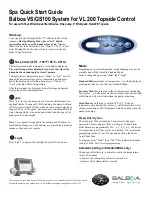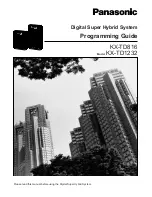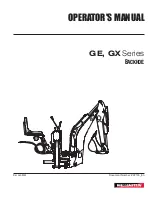
27
Figure 5-1
A
A
c
c
u
u
t
t
a
a
w
w
a
a
y
y
v
v
i
i
e
e
w
w
o
o
f
f
t
t
h
h
e
e
l
l
i
i
g
g
h
h
t
t
p
p
a
a
t
t
h
h
o
o
f
f
t
t
h
h
e
e
S
S
c
c
h
h
m
m
i
i
d
d
t
t
-
-
C
C
a
a
s
s
s
s
e
e
g
g
r
r
a
a
i
i
n
n
o
o
p
p
t
t
i
i
c
c
a
a
l
l
d
d
e
e
s
s
i
i
g
g
n
n
Actual image orientation as seen
with the unaided eye
Inverted image, as viewed with
the eyepiece directly in telescope
Reversed from left to right, as
viewed with a Star Diagonal
A telescope is an instrument that collects and focuses light. The nature of the optical design determines how the light is focused.
Some telescopes, known as refractors, use lenses. Other telescopes, known as reflectors, use mirrors. The Schmidt-Cassegrain
optical system (or Schmidt-Cass for short) uses a combination of mirrors and lenses and is referred to as a compound or
catadioptric telescope. This unique design offers large-diameter optics while maintaining very short tube lengths, making them
extremely portable. The Schmidt-Cassegrain system consists of a zero power corrector plate, a spherical primary mirror, and a
secondary mirror. Once light rays enter the optical system, they travel the length of the optical tube three times.
The optics of the CPC have Starbright coatings - enhanced multi-layer coatings on the primary and secondary mirrors for
increased reflectivity and a fully coated corrector for the finest anti-reflection characteristics.
Inside the optical tube, a black tube extends out from the center hole in the primary mirror. This is the primary baffle tube and it
prevents stray light from passing through to the eyepiece or camera.
I
I
m
m
a
a
g
g
e
e
O
O
r
r
i
i
e
e
n
n
t
t
a
a
t
t
i
i
o
o
n
n
The image orientation changes depending on how the eyepiece is inserted into the telescope. When using the star diagonal, the
image is right-side-up, but reversed from left-to-right (i.e., mirror image). If inserting the eyepiece directly into the visual back
(i.e., without the star diagonal), the image is upside-down and reversed from left-to-right (i.e., inverted). This is normal for the
Schmidt-Cassegrain design.
F
F
o
o
c
c
u
u
s
s
i
i
n
n
g
g
The CPC's focusing mechanism controls the primary mirror which is mounted on a ring that slides back and forth on the primary
baffle tube. The focusing knob, which moves the primary mirror, is on the rear cell of the telescope just below the star diagonal
and eyepiece. Turn the focusing knob until the image is sharp. If the knob will not turn, it has reached the end of its travel on the
focusing mechanism. Turn the knob in the opposite direction until the image is sharp. Once an image is in focus, turn the knob
clockwise to focus on a closer object and counterclockwise for a more distant object. A single turn of the focusing knob moves
Figure 5-2
Summary of Contents for CPC 1100
Page 1: ...I IN NS ST TR RU UC CT TI IO ON N M MA AN NU UA AL L...
Page 58: ...58 APPENDIX E MAPS OF TIME ZONES...
Page 59: ...59...
Page 60: ...60...
Page 61: ...61...
Page 62: ...62...
Page 63: ...63...
Page 64: ...64...
Page 65: ...65...
















































